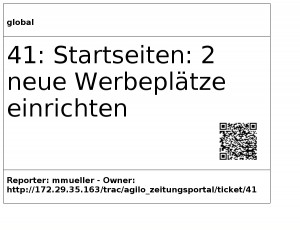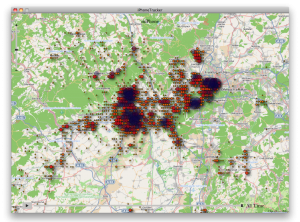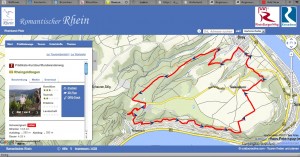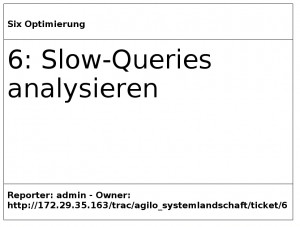Infrastructural development not necessarily improves customer service. This is what I had to learn this morning when I took a flight from Dublin to Frankfurt. I can’t say how often I took this early Aer Lingus flight. Well, it is at seven o’clock in the morning and I often swore to never take it again. However, I did it again. But I was somehow looking forward to it as it was the first time for me to check in at the newly opened Terminal 2 at Dublin Airport. When they started to build the new terminal about three years ago, I was living in Dublin and thought: “Yes, this will be excellent. The old terminal is so narrow and packed with people. The new terminal will be a massive improvement.”
Aer Lingus moved from Terminal 1 to Terminal 2 for at least all European flights earlier this year. Until then it was always enough to be at the airport 60 to 90 minutes prior departure. They had this nice and crowdy check-in area 14 for all flights to the UK and Germany. Checking in took no longer than 10 minutes, followed by a medium sized queue at the security checks. However, there was always enough time to go shopping or have a coffee. When I read that my flight was about to depart from Terminal 2 from now on, I was really looking forward to check out this nice futuristic building. It could only get better. More time, more relaxation – a much better customer service and experience.
So, we ordered a taxi which should bring us to the airport to check-in around 90 minutes prior departure. Thankfully the taxi driver was much earlier. That way we had around 120 minutes for completing check-in and boarding. And we desperately needed that extra time!
The taxi driver dropped us off at Terminal 2 and we got into the building. It was packed. People. Everywhere. A huge number of people trying to fight their way through to one of the check-in machines and then onwards to an app. 400m queue for baggage drop. Unbelievable. It took us about 15 minutes to get through to one of the check-in machines. This was not due to long queues at these machines. In fact, there are enough machines but the position of them is so dumb that you have to fight yourself through the baggage drop queue to get there. Hard work. Once we completed that task, we already stood in the queue for baggage drop. If we’d arrived 15 minutes later, we would have found ourselfes at the end of an even longer queue. It literally went through the whole terminal. Scheduled departure time for our flight was 7 o’clock. It was 5:20 when we started queuing for baggage drop. It took us one hour to get to one of the desks. During that time, announcements had been made to tell people that their flights are now on final call and that people should leave the queue and proceed to one of the two extra counters for closing flights. Just the fact that there are these two counters pictures the situation in that terminal more than enough.
One minute before we reached the counter, a final call announcement was made for our flight. We decided to proceed in our queue. Once we got to the counter I asked the Aer Lingus staff member if this was a normal situation and if they deal with this amount of people everyday. And she said yes. Everyday. She told us that she was working from 4 o’clock in the morning and that the situation is not any better at any time in the morning. I have to say that this was a Sunday. Not a working day. She told us that the new terminal is far too small for all these Aer Lingus flights and that – hear hear! – Michael o’Leary was so right when he said that the new Terminal and Aer Lingus’ decision to move there “was rubbish”. Well, I guess that describes the happiness of Aer Lingus staff members perfectly. She was very nice though but was obviously more than irritated.
We finished our check-in and baggage-drop procedure and moved on to the security check. It was 6:20. 15 minutes till boarding should begin. The queue at the security check was long. I was used to that. It was not better in terminal 1. But it seemed like there were more x-rays in terminal 1 and more people had been working there. However, it took not too long and after 15 minutes we were checked-in, baggage-dropped and security checked and ready for a coffee and some shopping. Finally the fun part of being at the airport should start! But wait. Was it 6:35h already? Boarding time. We started to walk to our gate. The direction which the signs guided us to looked very suspicous. And in fact, yes, I knew it! Boarding was at a gate in terminal 1! Surprise, surprise. So, we walked all the way up from terminal 2 to terminal 1. We passed all the cafes, shops, the old empty security checks in terminal which are now far less frequented than the ones in terminal 2 and got on the plane at 6:45. 10 minutes later the machine departed. It was one time, surprisingly. But I don’t think anybody on the flight spent a Euro at the airport because we all were in a rush.
Stupid, huh? They built a new terminal and made the situation even worse than it was before. To me it looks like Aer Lingus wanted to play the new toy called Terminal 2, come whatever. And now they have that terminal along with more angry and stressed customers, lower earnings in shops and unhappy staff. Well done. At least, the new terminal looks much better than the old one. If we experience a dropping service quality, we’re much better looking at least.





